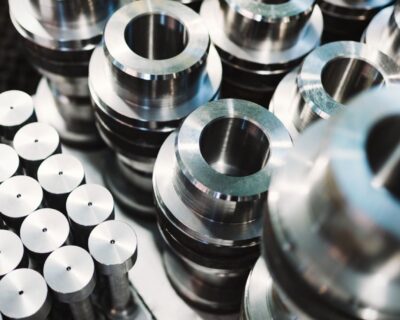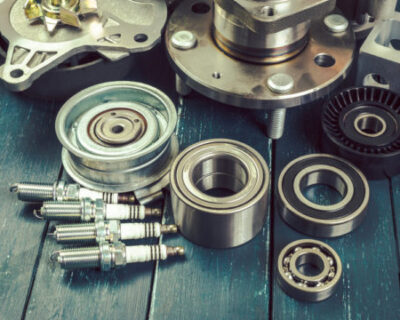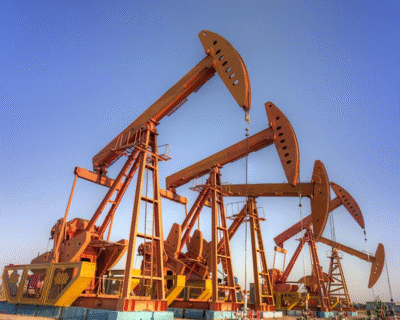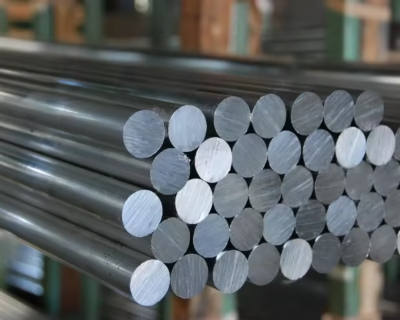Comparing USA vs EU Industrial Equipment Standards: What EPC Contractors Need to Know
For contractors working in the oil and gas, energy, and petrochemical sectors, sourcing industrial equipment globally is a standard practice. Equipment from the USA and European Union (EU) dominates the international market due to their engineering quality, technical standards, and compliance documentation. However, these regions follow different regulatory, design, and certification frameworks, differences that EPC contractors must understand to avoid costly procurement mistakes.
As a leading industrial equipment supplier in the UAE, CMT works with EPC contractors across the Gulf to streamline international sourcing. Whether you’re choosing gas turbines, vacuum pumps, compressors, or valves, aligning equipment specifications with the right standards is critical to operational success.
This blog explores the key differences between USA and EU industrial equipment standards and provides guidance on making informed choices for your EPC projects.
Why Equipment Standards Matter in EPC Projects
Standards exist not just to enforce legal compliance but to ensure:
- Reliable performance under operating conditions
- Equipment safety and operator protection
- Compatibility with other system components
- Ease of integration into site infrastructure
- Faster approval by regulatory and inspection authorities
- Long-term maintainability and spare parts availability
Choosing equipment that doesn’t conform to the applicable regional or project-specific standards can lead to expensive retrofits, project delays, or rejection by quality control inspectors. Here, the role of EPC equipment suppliers becomes critical in bridging the gap between compliance and operational requirements.
The Core Difference: Regulatory Philosophy
The USA and EU follow fundamentally different approaches to standardization:
- USA standards are largely performance-based. Organizations like ASME, ANSI, and API define criteria that equipment must meet under certain conditions but often allow flexibility in how manufacturers meet those criteria.
- EU standards, driven by bodies like CEN and CENELEC, are more prescriptive. They dictate how equipment should be designed, tested, and labeled to ensure conformity with directives such as the CE mark, PED, and ATEX.
This difference affects everything from design tolerances and material grades to installation procedures and quality documentation.
Mechanical Equipment and Pressure Standards
When it comes to mechanical equipment such as pumps, compressors, valves, and heat exchangers, one of the first differences you’ll notice is in pressure vessel and piping codes.
In the USA, the most common codes include:
- ASME Section VIII for pressure vessel design
- ASME B31.3 for process piping
- API 610 for centrifugal pumps
- API 6D for pipeline valves
In contrast, the EU uses:
- The Pressure Equipment Directive (PED) for all pressurized systems
- EN 13480 for metallic piping systems
- EN 10216 and 10217 for steel tubes under pressure
Each set of codes not only defines how equipment must be constructed but also how it must be tested, marked, and certified. For example, PED requires conformity assessment by a notified body and affixing of the CE mark, whereas ASME may involve U-stamping by an approved inspector.
Differences in Flange and Thread Standards
Flange types and thread specifications are among the most common sources of incompatibility in EPC projects.
- The USA uses ANSI/ASME standards for flanges and NPT (National Pipe Thread) for connections.
- The EU typically follows EN/DIN flange standards and BSP (British Standard Pipe) threading.
If piping systems are mismatched during installation, adapters or custom fabrication may be required, increasing project costs and timelines.
For this reason, it’s vital to clarify whether your EPC site uses American or European piping infrastructure before placing procurement orders. The role of EPC equipment suppliers is essential here—they help contractors prevent mismatches and costly rework.
Electrical Equipment and Safety Certifications
Electrical systems are another major point of divergence:
- The USA follows NEC (National Electrical Code), UL, and NEMA standards. Equipment must be rated for 60 Hz and typically runs at 120V, 240V, or 480V.
- The EU follows IEC standards and CE directives, operates on 50 Hz, and uses 230V or 400V systems.
More importantly, safety certifications differ when dealing with hazardous environments. The USA uses a Class and Division system (e.g., Class I Division 2), while the EU follows ATEX Zone classifications (e.g., Zone 1 or Zone 2).
Using non-compliant electrical equipment, such as an American-rated control panel in an ATEX Zone 1 area, may not only void warranties but also violate site safety protocols.
Hazardous Area Equipment and Explosion Protection
Both the NEC (USA) and ATEX (EU) standards aim to prevent ignition of flammable gases or vapors, but they classify risk zones differently.
For instance:
- NEC Class I Division 1 refers to areas where explosive gases are regularly present during normal operation.
- ATEX Zone 0 also describes areas with constant explosive atmospheres, but ATEX adds additional labeling for temperature class, gas group, and ingress protection.
While both systems aim to achieve similar safety goals, equipment designed for one standard cannot automatically be assumed compliant with the other.
If you’re sourcing explosion-proof motors, actuators, or instrumentation, make sure your supplier can either provide dual-rated products or specify which standard the equipment adheres to.
Markings, Testing, and Documentation
In the EU, all industrial equipment must carry a CE mark, indicating conformity with multiple directives. The CE mark is often backed by a declaration of conformity and test reports from a notified body.
In the USA, equipment may carry a UL, CSA, or FM approval mark, depending on the third-party testing agency. Pressure-rated items may also carry ASME stamps, and performance certifications may be issued according to API or ANSI standards.
For EPC contractors, these markings are not just labels, they are essential for site acceptance, third-party inspection (TPI), and client verification. This is another area where the role of EPC equipment suppliers ensures documentation accuracy and compliance verification.
Material Standards and Compatibility
The same base material, such as stainless steel, may have different grading systems across the USA and EU:
- USA (ASTM): Uses designations like AISI 316L, ASTM A105, or A182 F22
- EU (EN standards): Uses numbers like 1.4404 (equivalent to 316L), or P265GH
This matters when sourcing high nickel alloys, Inconel, Monel, or other exotic materials for corrosive environments in oil and gas or chemical processing plants.
EPC contractors must ensure the correct equivalence when ordering spare parts or raw materials. At CMT, we help verify material traceability and supply certified exotic metals and high nickel alloys from both regions, depending on the client’s technical specification.
Installation, Maintenance, and Spare Parts Availability
American and European equipment often require different maintenance approaches, tooling, and spare parts. For example:
- Threading tools for NPT vs. BSP
- Control systems based on different logic voltages and protocols
- Software or firmware tied to regional compliance versions
- Gasket or seal kits with different sizing standards
Choosing equipment without considering regional serviceability can result in extended downtime, particularly in remote energy sector operations.
When possible, opt for equipment with globally available OEM spare parts, or consult with your supplier about local inventory availability in the UAE or GCC.
Recommendations for EPC Contractors
- Clarify Standard Requirements in RFQs
Always specify which standards (ASME, API, PED, ATEX, etc.) are required for your project. This ensures vendors quote accurately and helps avoid incompatible proposals. - Use Suppliers Familiar with Both Systems
Work with experienced suppliers like CMT who understand the technical and compliance nuances between USA and EU equipment. - Verify Certification Before Shipment
Request all conformity documents, testing certificates, and third-party inspection (TPI) reports before dispatch. This avoids delays during customs clearance or site acceptance. - Plan for Long-Term Maintenance
Source from suppliers that offer after-sales support, spare parts, and local inventory aligned with the original standard. - Avoid Mixing Standards Unnecessarily
If your site infrastructure is based on European standards, it’s better to avoid introducing American-threaded or ANSI-rated components unless unavoidable. This simplifies maintenance and reduces risk.
Final Thoughts
Choosing between USA and EU industrial equipment isn’t about which is better, it’s about what best fits your project’s technical specifications, location, and regulatory requirements. Both systems offer world-class engineering and robust safety compliance when used correctly.
As global sourcing continues to grow in the EPC space, contractors must become fluent in navigating standard variations and ensuring cross-compatibility. Here, the role of EPC equipment suppliers is central to de-risking procurement, avoiding costly errors, and ensuring smooth integration into project workflows.
Looking for ANSI, ASME, PED, ATEX, or CE-compliant equipment for your next EPC project?
Contact CM Trade today to source OEM-certified industrial equipment, spare parts, and fabrication materials, all backed by decades of experience and rapid delivery across the UAE and GCC.



